Chevrolet Captiva Estate (2007-2015) interior, tech and comfort
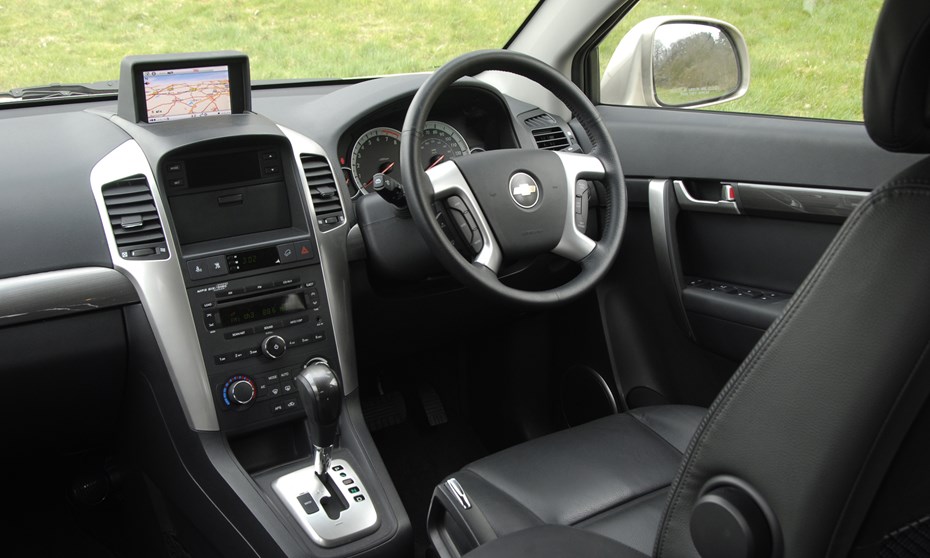
The interior of the Captiva is pleasant enough, with excellent adjustment for the driver’s seat plus the steering is adjustable for reach and height on diesel versions. The dashboard is quite sober-looking but is improved by the metallic-effect strips running vertically alongside the dashboard centre. Visibility is pretty good, apart from around the rear pillar.
One slightly annoying feature is the sound of plastic trim parts of the seat adjustment mechanism rubbing against the vinyl seat sides, or the third row seats rubbing against each other along the 50:50 split. It seems that Chevrolet didn’t put as much effort into resolving these issues (experimenting with different materials and so on), because it didn’t think its customers would mind.
Refreshed models available from 2011 have seen improvements in the cabin. There’s more chrome detailing as well as improved seat fabric, although some parts still have a slight plasticky feel. The improved stereo system with integrated sat nav is a step up from the previous model, while blue-backlit dials enhance the interior displays.
Chevrolet Captiva comfort levels are adequate at best. The first two rows of seats offer generous headroom and leg room. The third row of seats, where specified, is quite easy to access – the middle row 60:40 split bench has a lever on both sides to fold the seat forward with one movement. The middle row seat-backs also recline but sitting in the third row wouldn’t be comfortable for adults on long journeys.
The high floor means you sit with your knees quite high and there is a rather claustrophobic feel. Suppression of engine noise isn’t as good as the class leaders, with diesel ‘clatter’ all too evident when starting from cold. Air conditioning and electric windows are standard on all Captiva models, and heated front seats are fitted on LTX versions.


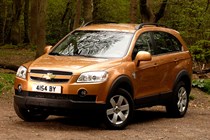
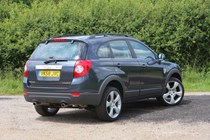

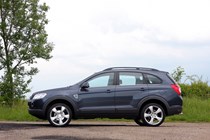

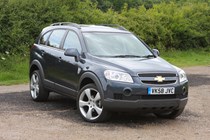

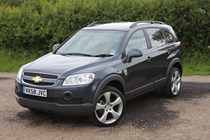
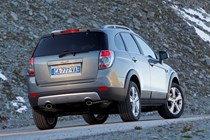

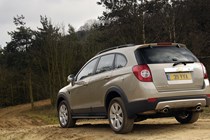
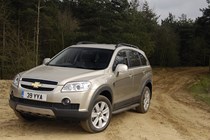
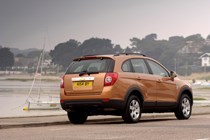
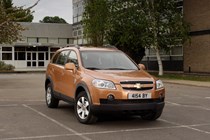
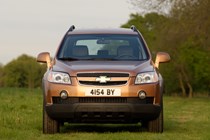
.jpg)
.jpg)
.jpg)
.jpg)
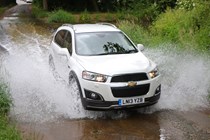
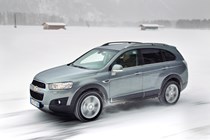
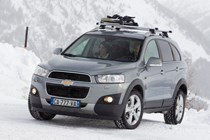
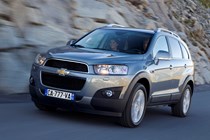
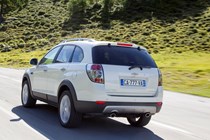
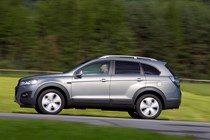
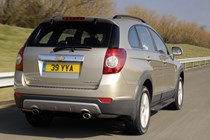
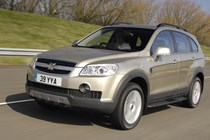


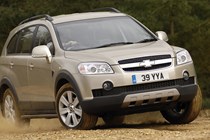
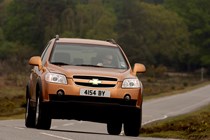
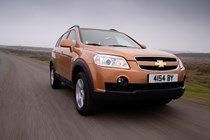
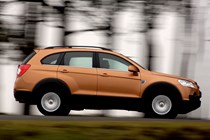
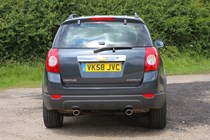
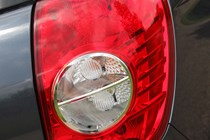
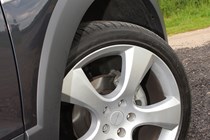
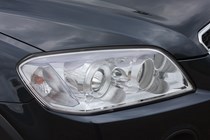
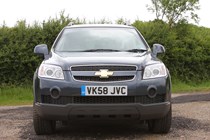
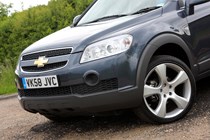
.jpg)
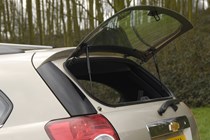
.jpg)
.jpg)
.jpg)
.jpg)
.jpg)
.jpg)
.jpg)
.jpg)

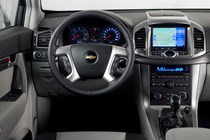
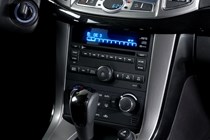
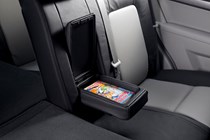
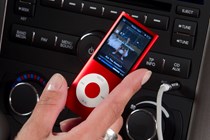

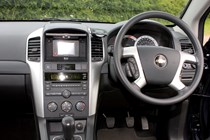

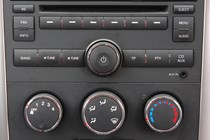

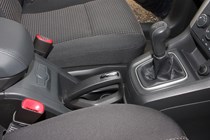
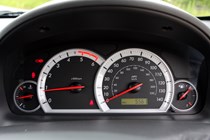
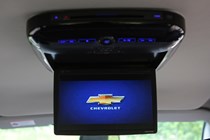

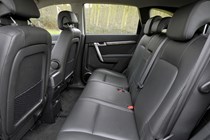
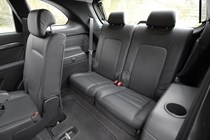
.jpg)

.jpg)
.jpg)
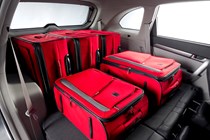
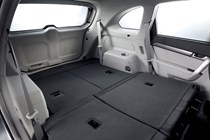
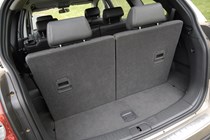
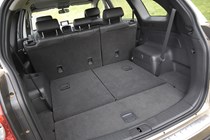
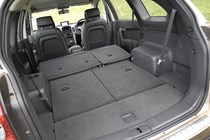
.jpg)
.jpg)
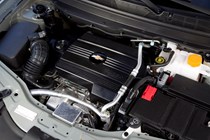
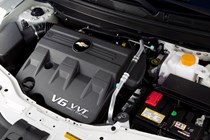
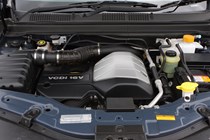

.jpg)
.jpg)















.jpg?quality=50)
.jpg?quality=50)
.jpg?quality=50)
.jpg?quality=50)




















.jpg?quality=50)

.jpg?quality=50)
.jpg?quality=50)
.jpg?quality=50)
.jpg?quality=50)
.jpg?quality=50)
.jpg?quality=50)
.jpg?quality=50)
.jpg?quality=50)
















.jpg?quality=50)

.jpg?quality=50)
.jpg?quality=50)





.jpg?quality=50)
.jpg?quality=50)




.jpg?quality=50)
.jpg?quality=50)